Understanding the Importance of Heat Pads for Water Tank Trailers
Water tank trailers can be instrumental in various operations, whether transporting potable water, chemicals, or agricultural liquids. However, when temperatures drop, the contents of these trailers can face serious threats from freezing. As manufacturers, understanding when and why to employ heat pads becomes paramount to ensuring the integrity of the liquid being transported and the functionality of the trailer itself. Herein, we delve into the factors that determine the need for heat pads in water tank trailers, exploring various scenarios, benefits, and practical considerations.
The Impact of Temperature on Liquid Transport

Low-Temperature Conditions
When transporting water, especially in colder climates or during winter months, it’s critical to maintain the temperature of the liquid. Water freezes at 32°F (0°C). In low temperatures, liquids can become viscous or even solidify, leading to:
- Operational Downtime: Frozen liquids can obstruct flow and cause significant delays in operations.
- Equipment Damage: Ice formation can lead to cracks or other damages in the tank trailer.
- Safety Hazards: If liquids freeze, the risk of accidents during transport increases.
How Heat Pads Work
Heat pads are designed to provide a consistent source of heat to the surfaces of water tank trailers, preventing the contents from freezing. These pads are electrical and can be easily attached to the exterior of the tank. They ensure the temperature of the liquid remains above freezing, thereby mitigating the dangers associated with transporting liquids in cold weather.
Scenarios Indicating the Need for Heat Pads

1. Geographic Considerations
Regions Prone to Temperature Drops
Certain geographical areas are notorious for sudden temperature drops during winter, including:
| Region | Average Temperature (Winter) | Risk Level for Freezing |
|---|---|---|
| Northern Canada | -10°F to -30°F | High |
| Midwest United States | 0°F to 20°F | Moderate to High |
| Northern Europe | 15°F to 32°F | Moderate |
In these areas, the utilization of heat pads is almost mandatory to ensure seamless operations.
2. Seasonal Changes
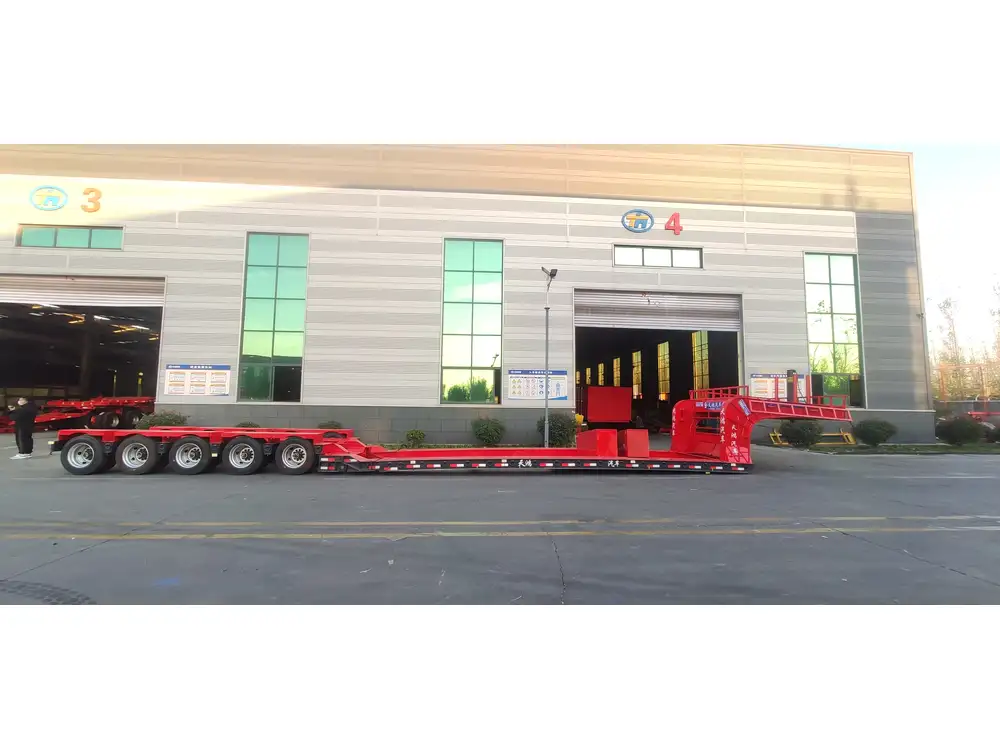
Transitioning from Warm to Cold Months
During the transition from warm seasons to colder months, users should anticipate fluctuations in temperature. As days become shorter and nights colder, the risk of liquid freezing increases. Heat pads should be deployed proactively during fall, particularly in regions expecting frost.
3. Types of Liquids Being Transported
Viscosity and Freezing Points
Different liquids respond variably to temperature changes. For example:
- Water has a freezing point of 32°F (0°C).
- Glycerin freezes at 17.5°F (-8°C).
- Certain Chemicals may have well-defined freezing points that are higher or lower than that of water.
Understanding the collected liquid’s freezing point is essential when deciding whether heat pads are necessary. Using a simple table can help visualize critical temperature points for various liquids:
| Liquid | Freezing Point (°F) | Recommended Temp for Transport (°F) |
|---|---|---|
| Water | 32 | ≥40 |
| Glycerin | 17.5 | ≥30 |
| Ethylene Glycol | -13 | ≥20 |
The table provides a clear insight into which liquids may necessitate the presence of heat pads.
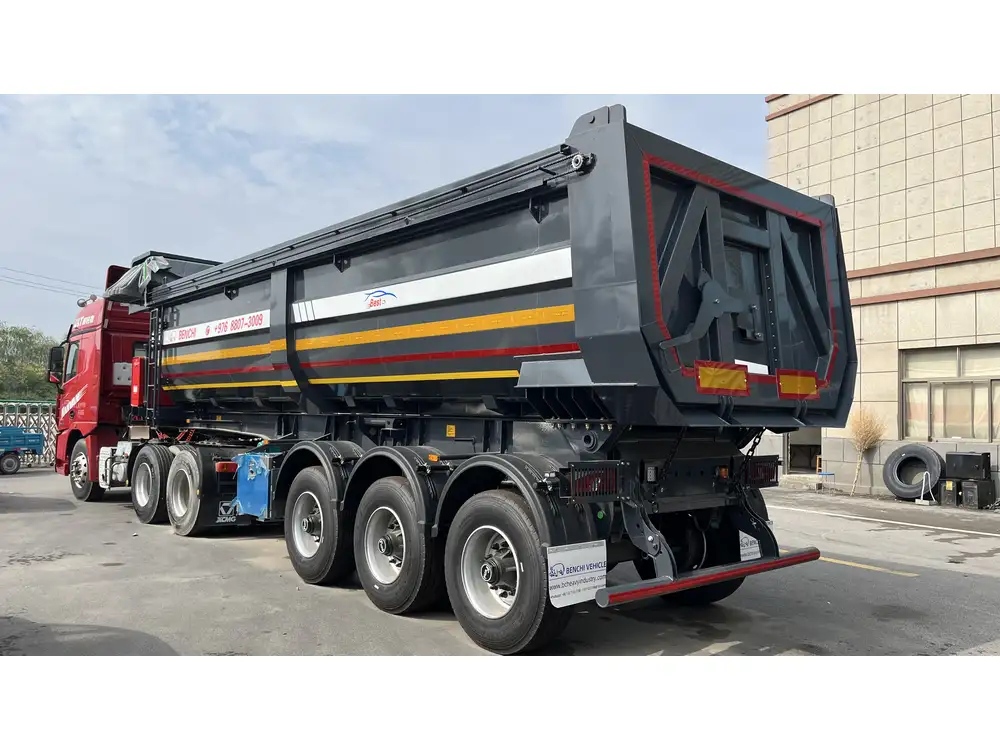
Installation and Implementation of Heat Pads
Choosing the Right Heat Pads
Selecting the proper heat pads involves considering several factors:
- Size and Coverage Area: Ensure the heat pad fits the specific sections of the tank trailer.
- Wattage Requirements: Higher wattage ensures quicker heating but demands more energy. Balance efficiency with power consumption.
- Material Compatibility: Ensure the pad material can withstand exposure to the transported liquid type.
Installation Process
To effectively utilize heat pads, the following steps can be outlined:
- Clean the Surface: Ensure the tank’s exterior is free from dirt and debris for optimum adhesion.
- Positioning the Pads: Affix them over areas primarily endangered by freezing, such as valves and the base of the tank.
- Electrical Setup: Connect to a power source with sufficient energy supply while adhering to safety standards.
- Temperature Settings: Adjust to specific requirements based on the liquid type and environmental conditions.
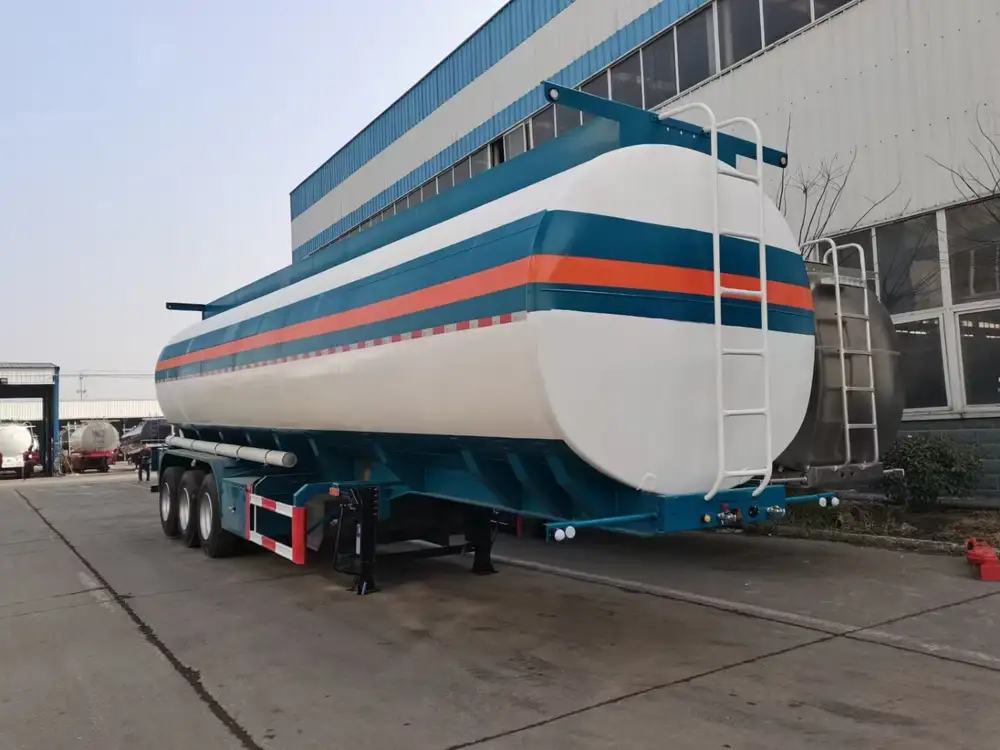
Monitoring Temperature
Regularly monitoring the tank’s temperature provides an added safety measure. This can be achieved through:
- Built-In Sensors: Integrate temperature sensors that alert drivers when temperatures approach critical levels.
- Manual Checks: Conduct regular checks during transport, particularly in colder conditions.
Benefits of Using Heat Pads
Enhanced Operational Efficiency
By integrating heat pads, operations can continue uninterrupted even in freezing conditions. This leads to:
- Reduced Downtime: No need to halt operations due to frozen liquids.
- Lower Maintenance Costs: Avoid damage repairs related to freezing and expansion.
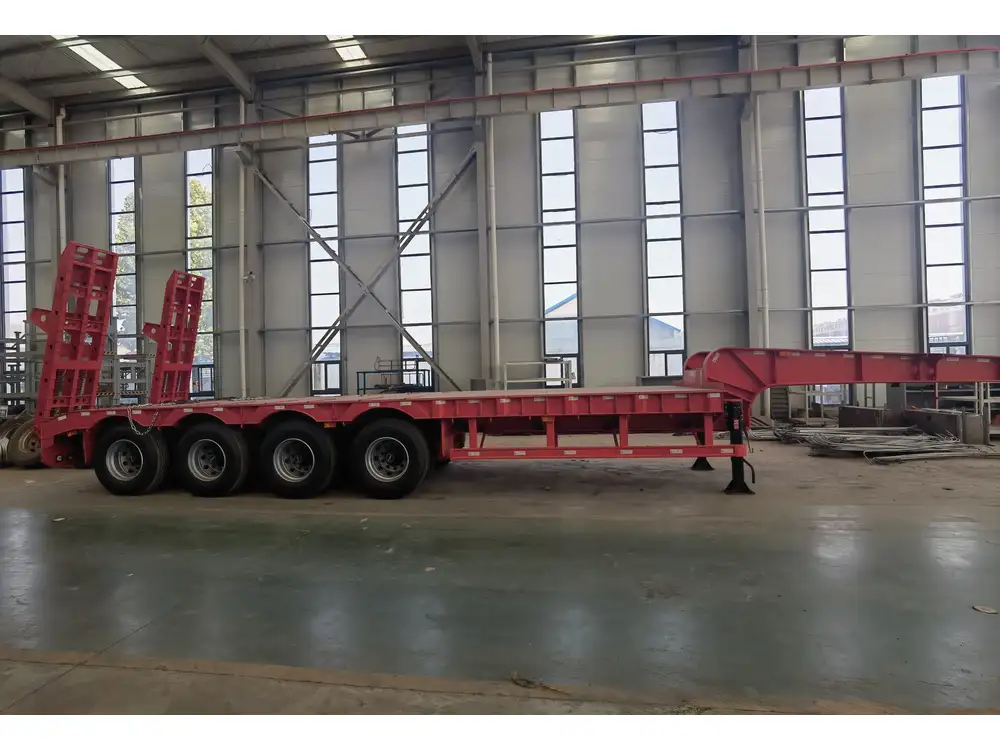
Increased Safety
Operating machinery and equipment that may be compromised by freezing poses significant risks. Heat pads alleviate this concern, ensuring:
- Hazard Prevention: Decrease the likelihood of accidents on the road.
- Ease of Handling: Liquids remain in their optimal state for easy loading and unloading.
Cost Implications
While heat pads require initial investment, the long-term savings significantly contribute to operational profitability. Considerations include:
- Energy Costs vs. Damage Costs: Evaluate potential savings from avoiding damages against electricity costs for operation.
- Insurance Premiums: A safer operation may lead to lower insurance premiums due to reduced risk exposure.
Common Misconceptions about Heat Pads
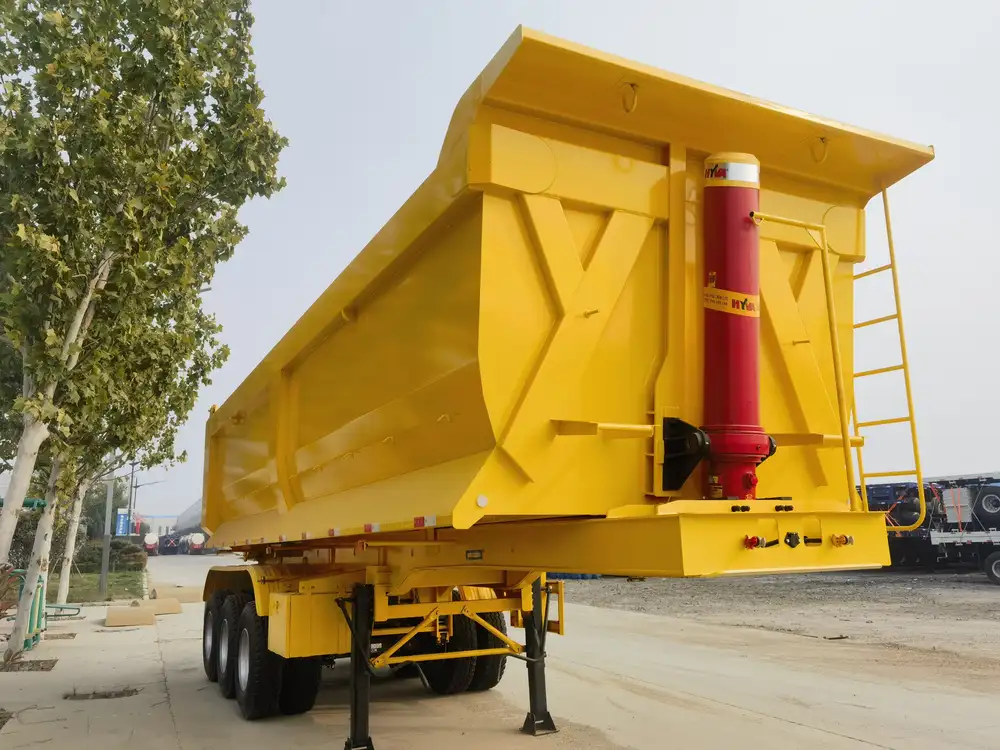
“Heat Pads Are Only for Extreme Cold”
While it’s true that harsh winter conditions significantly increase freezing risks, even mild temperatures can pose challenges. Early frost in fall or unexpectedly low temperatures at night can catch users off guard.
“Once Installed, They Don’t Require Monitoring”
Heat pads should be monitored regularly. Drivers should remain vigilant and ensure that heat pads are functioning optimally throughout transport.
Conclusion
Navigating the complexity of transporting liquids using water tank trailers necessitates careful attention to temperature management. Heat pads serve as a vital tool in these efforts, particularly in preventing freezing and operational challenges. By understanding the various scenarios that warrant the use of these heating elements and employing them effectively, manufacturers and operators can safeguard their operations, reduce risks, and ensure a seamless flow of liquids under all weather conditions.

Future Considerations
Looking ahead, technology is evolving. Consider exploring innovations in thermal textiles and smart monitoring systems that may further enhance the use and efficiency of heat pads in water tank trailers.
For manufacturers and operators investing in heat pads, understanding timing, implementation techniques, and ongoing monitoring are key strategies to ensure reliable and safe transportation of their valuable liquid cargo, regardless of the environmental hurdles they may face.



